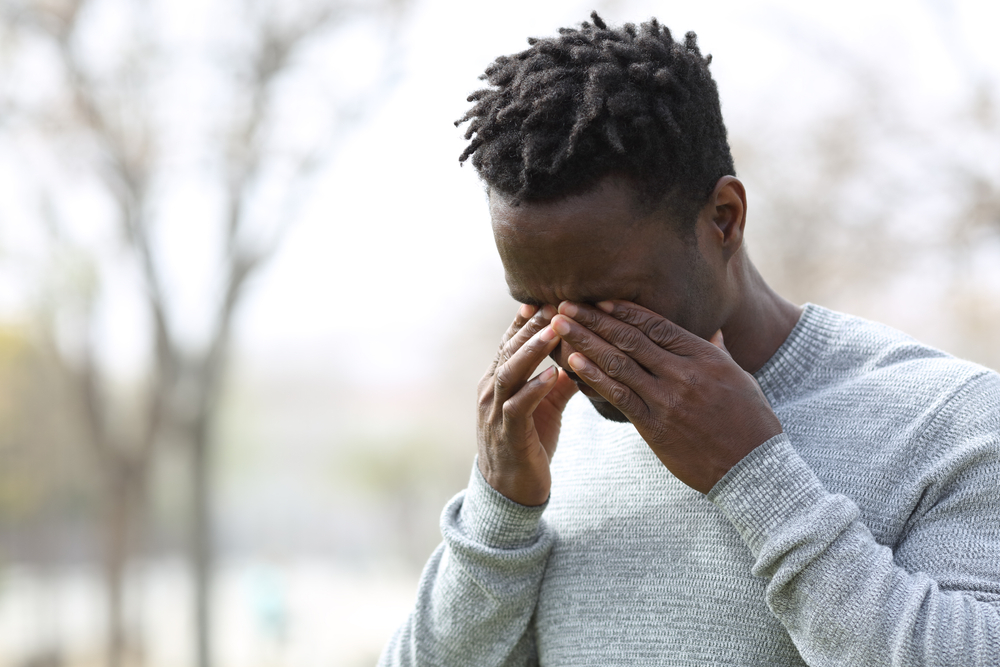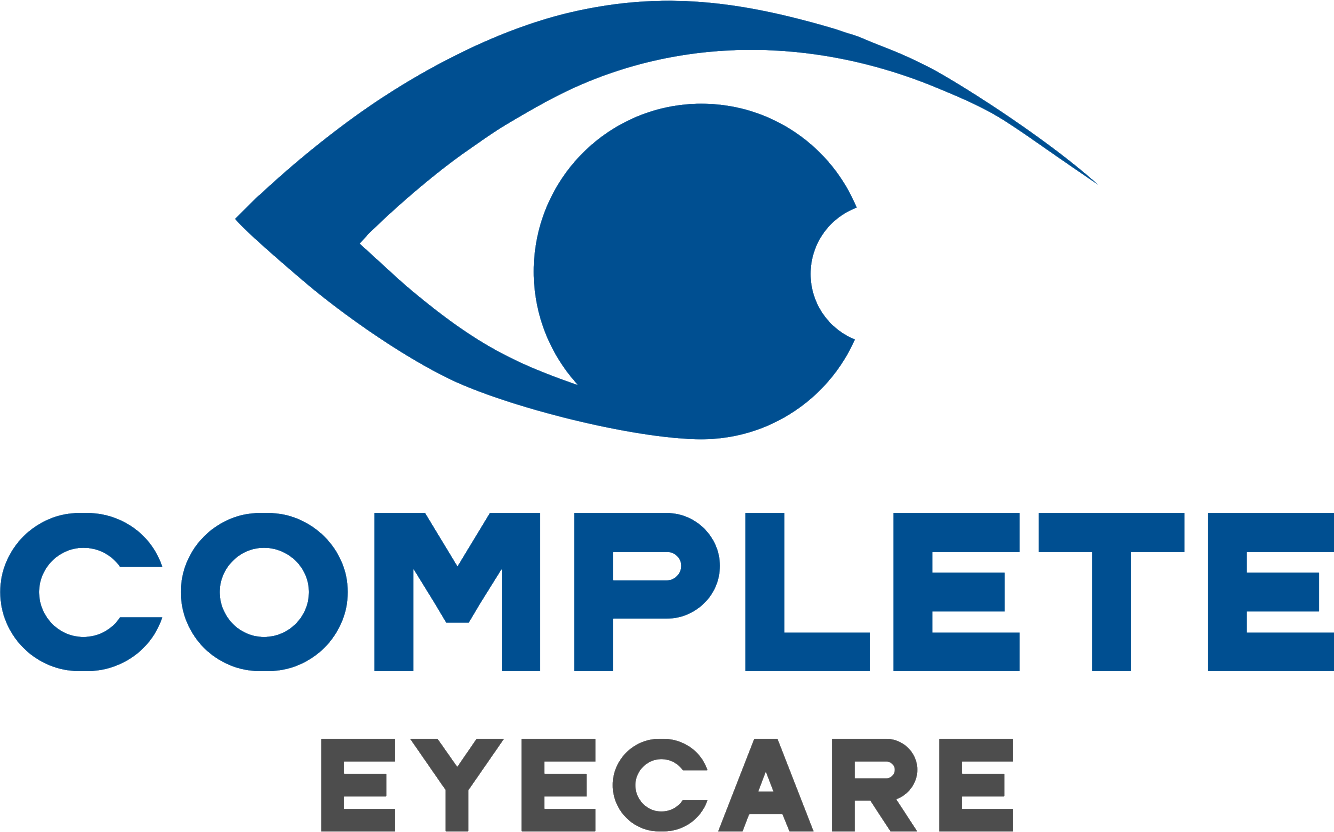
Dry eye is a condition in which the eyes do not produce enough tears for adequate lubrication. It may sound simple, but the implications can be debilitating, impacting a person's quality of life. Dry eye symptoms can include stinging or burning sensations, redness, light sensitivity, and sometimes, a paradoxical excessive tearing. These symptoms can be exacerbated by several factors, including environmental conditions, such as the arrival of the colder months of winter.
Why Winter Exacerbates Dry Eye Symptoms
The relationship between dry eye and colder months is complex and multifaceted. During winter, the air outside is typically drier than other seasons. This lack of moisture in the air can cause the tears on the surface of our eyes to evaporate more quickly, leading to dry eye symptoms. But it's not just the outdoor air that's problematic. Inside, heaters, which become a necessary part of our lives in winter, circulate dry, warm air that can exacerbate dry eyes.
Additionally, during winter, we tend to spend more time indoors under artificial lights and in front of screens, both of which can contribute to dry eye symptoms. Staring at a computer or television screen for extended periods can decrease our blink rate, reducing the amount of tear production, and leading to dryness and discomfort.
The Importance of Regular Eye Exams
Given the potential for winter to exacerbate dry eye symptoms, regular eye exams during the colder months become particularly important. Regular check-ups with an optometrist can help detect dry eye symptoms early on before they worsen or cause permanent damage. An optometrist can provide personalized advice and treatment plans to manage dry eye symptoms effectively during winter.
Regular eye exams also help identify other eye-related problems that could be contributing to dry eye symptoms, such as blepharitis or meibomian gland dysfunction. Therefore, scheduling regular eye exams during the colder months is crucial for maintaining optimal eye health.
Tips for Preventing Dry Eye Symptoms during Colder Months
Prevention is always better than cure, and this holds true for managing dry eye symptoms during winter. Here are some tips to help you prevent or minimize the discomfort caused by dry eye in colder months.
Firstly, try to keep your eyes moist. This can be achieved by using artificial tears or a humidifier to increase indoor humidity.
Secondly, protect your eyes from extreme cold and wind by wearing sunglasses or goggles when outside. This can help reduce the rate of tear evaporation.
Lastly, consuming a diet rich in omega-3 fatty acids, found in foods like fish, flaxseeds and walnuts, can also help boost your eyes' natural lubrication.
When to Consult an Optometrist for Dry Eye Symptoms
While preventive measures and self-care tips can help manage dry eye symptoms, there are times when professional help is necessary. If you experience persistent dryness, redness, itchiness, or if you find it difficult to carry out daily activities due to these symptoms, it's time to consult an optometrist.
If you notice a sudden increase in dry eye symptoms, or if the symptoms persist, you should reach out to an optometrist. They can conduct a thorough examination, identify the underlying cause, and guide you on the most effective treatment plan for your condition.
Managing Dry Eye Effectively this Winter
Understanding the relationship between dry eye and colder months, and taking proactive steps to manage symptoms, can help ensure our eyes remain comfortable and healthy all winter long. Regular eye exams play a key role in identifying and managing dry eye symptoms effectively.
To learn more on how to manage dry eye symptoms in colder months, contact Dr. Krietlow & Associates in our Blaine, Minnesota, office. Call (763) 296-8400 to schedule an appointment today.








